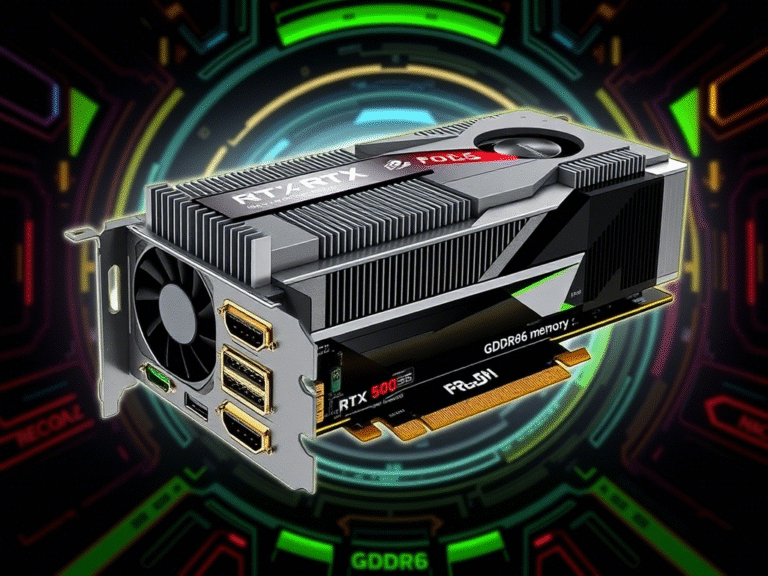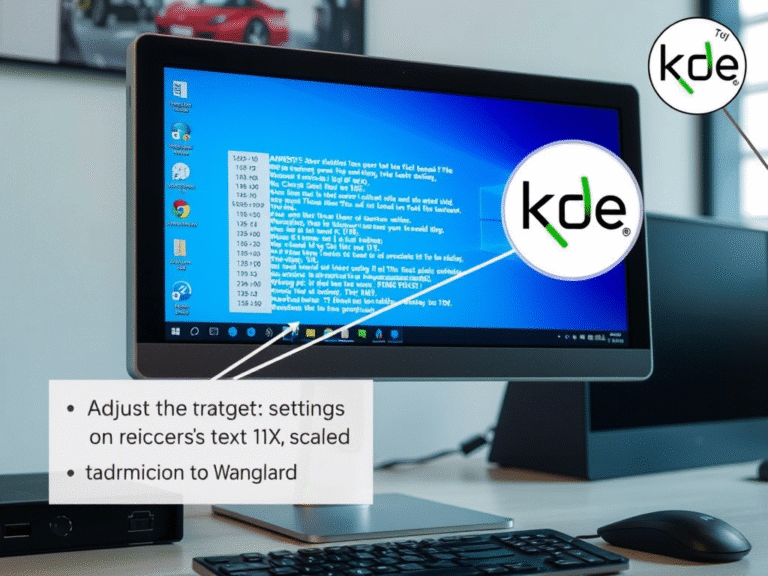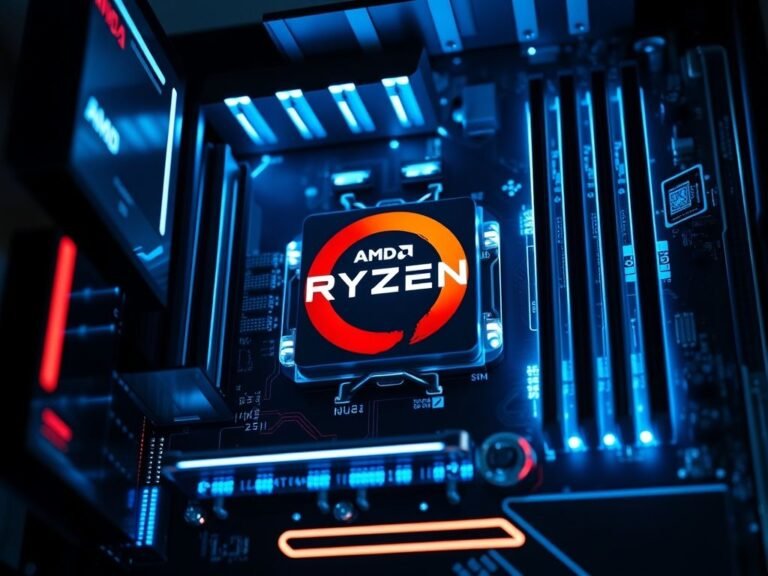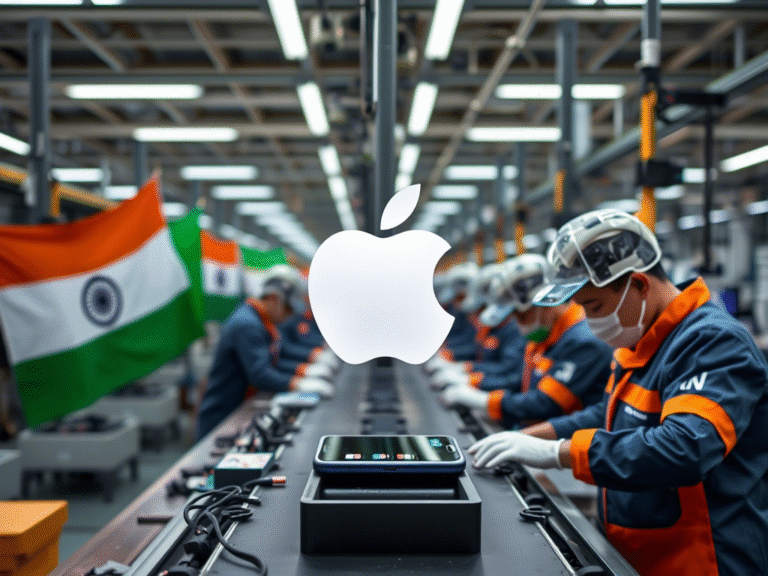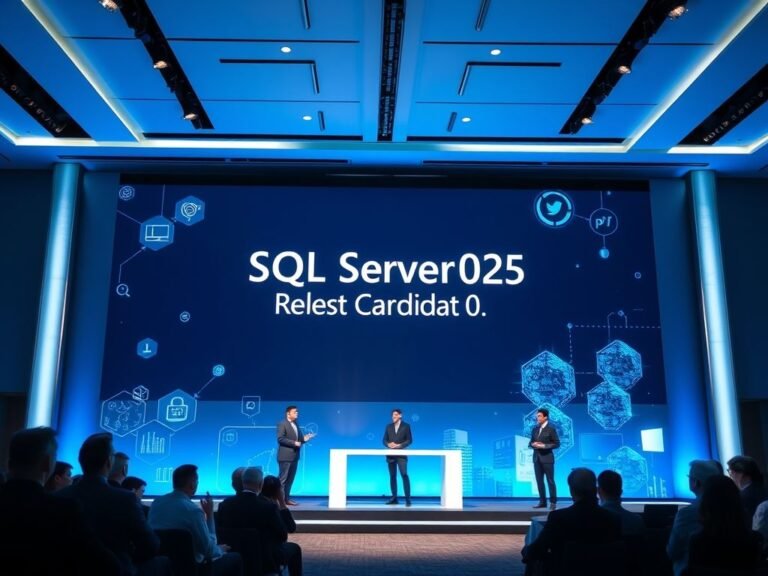Seagate argues that SSDs are significantly inferior to HDDs in certain aspects
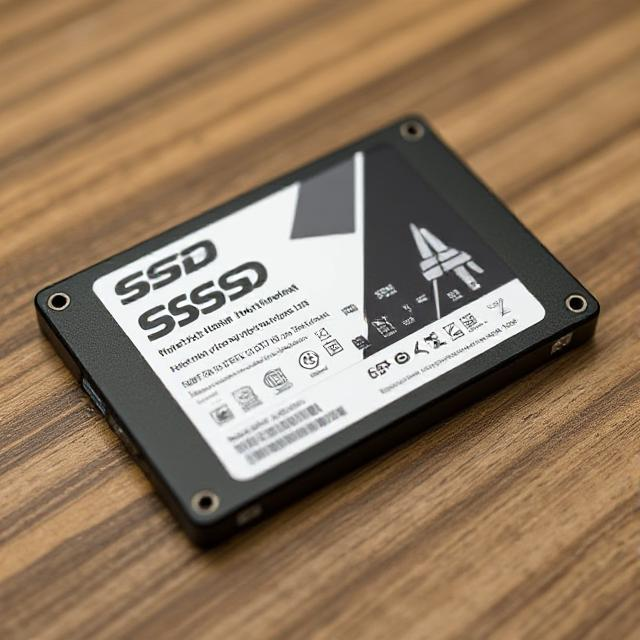
Seagate argues that SSDs are significantly inferior to HDDs in certain aspects
Seagate has released a new report titled “Decarbonizing Data,” which sheds light on the escalating sustainability challenges faced by data centers. The report is based on a global study commissioned by Seagate and conducted by research firm Dynata, with support from communications consultancy Current Global. It explores the growing pressure on energy resources as businesses expand their data storage needs, particularly in the age of artificial intelligence (AI).
According to Goldman Sachs Research, global power demand from data centers could surge by 165% by 2030 compared to 2023 levels. Seagate’s findings reveal that energy usage has become a top concern for 53.5% of business leaders. Organizations are grappling with exponential data growth, slower advancements in energy efficiency, and the increasing adoption of AI technologies.
Jason Feist, Senior Vice President of Cloud Marketing at Seagate, commented, “Data centers are under intense scrutiny—not only because they support modern AI workloads but also because they are becoming one of the most energy-intensive sectors of the digital economy. This calls for a fundamental shift in how we approach data infrastructure—not as a trade-off between cost and sustainability, but as an opportunity to optimize for both.”
Concerns about electronic waste (e-waste) and carbon footprints have gained significant traction, especially as millions of Windows 10 PCs may become obsolete and unable to update by 2025—a scenario even Microsoft has acknowledged.
The report outlines three primary strategies companies can adopt to manage their expanding data demands: improving efficiency in existing systems, building new data centers, or migrating to the cloud. Each option involves balancing cost, carbon emissions, and operational control. The report suggests that sustainability and total cost of ownership (TCO) can align as complementary goals.
Seagate emphasizes that technological innovation is crucial for making data centers more sustainable. Advances such as liquid cooling, immersion cooling, and upgraded HVAC systems (heating, ventilation, and air conditioning) can help reduce energy consumption and carbon emissions. For instance, Seagate’s HAMR-based Mozaic 3+ platform triples storage capacity within the same physical space, reduces carbon emissions per terabyte by over 70%, and cuts costs per terabyte by 25%.
The report also highlights the importance of extending the lifespan of storage devices. While 92.2% of respondents acknowledge this as critical, only 15.5% prioritize it when purchasing equipment—a clear gap between awareness and action.
Jason Feist added, “Sustainability cannot be solved in isolation. A holistic approach encompassing infrastructure, lifecycle management, and industry-wide accountability is essential to ensure that the growth of AI and data center operations does not come at the expense of the environment.”
Furthermore, the report points out that solid-state drives (SSDs) reportedly have a significantly larger carbon footprint compared to mechanical hard disk drives (HDDs). Over their five-year lifespan, SSDs produce 160 times more embodied carbon per terabyte than HDDs. In contrast, HDDs generate less than one unit of carbon emissions per terabyte, making them a far more environmentally friendly option.
